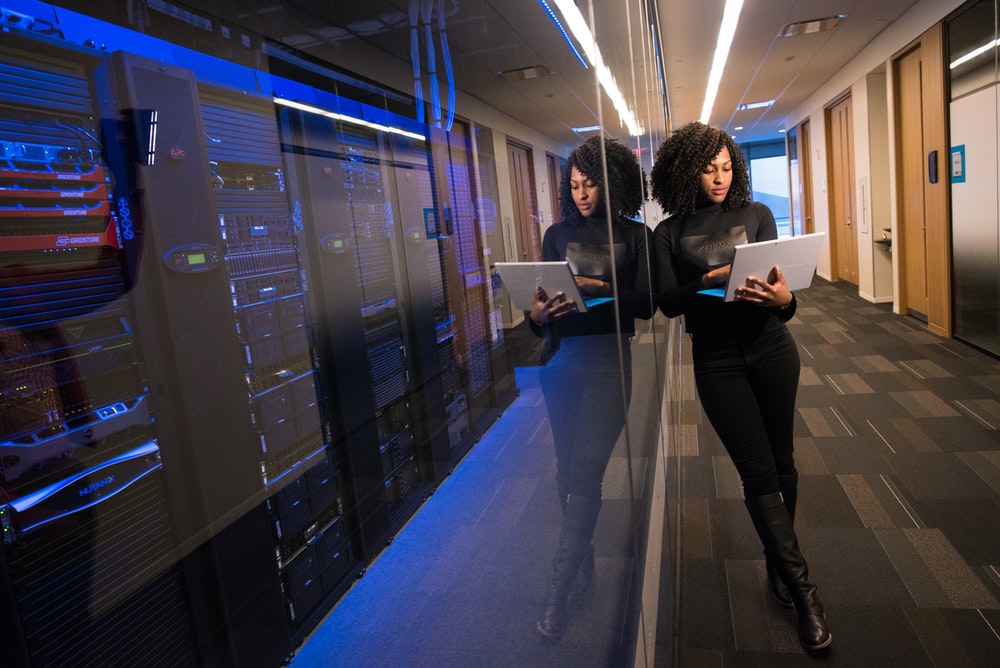Key Components of an Effective Data Center
Data is the driving force that powers the modern world. Companies rely on data to monitor their operations and make critical business decisions. Unfortunately, developing and maintaining a reliable and efficient data center is a challenging endeavor that requires careful planning and implementation. There are many considerations from storage systems to structured cabling services. This article will introduce you to the important points to note when building a data center.
What is a Data Center?
A data center is a collection of routers, firewalls, servers, and other equipment that stores and protects a company’s data and information systems. Some companies have on-premises data centers while others outsource their data storage to third-party providers that run cloud computing data centers. Many companies also have several data centers across multiple locations that are connected to share resources and provide redundancy.
Core Components of a Data Center
Servers
Servers are robust computers that transmit information, programs, and data to end users. They are a key component in any data center as they house data and provide access to the software and applications that employees need to perform their functions.
There are different types of servers for different purposes such as web servers, database servers, mail servers, and application servers. Each server can be dedicated to a single function, or they can be clustered together to run multiple applications. Servers also come in many forms including wide rack-mount servers, sleek blade servers, and powerful mainframe computers.
When choosing the best server for your business, consider available physical space, potential server workload, available power supply, cooling and climate control options, and your IT budget.
Storage Devices
Direct-attached storage (DAS) is commonly used in local servers, and it allows the most frequently utilized data to be kept close to the central processing unit (CPU). This reduces the need for bandwidth as data can be read directly without sending information over the network, allowing businesses to maximize efficiency and save on operational costs.
Network-attached storage (NAS) and storage area networks (SANs) are two additional storage setups commonly seen in data centers. These storage units can be accessed via network protocols and are used to store large files in a centralized location accessible by multiple users. All three storage architectures can coexist in a single data center.
Power & Cables
Power is a vital component of any data center. You should have a battery-powered uninterruptible power supply (UPS) to prevent damage to equipment from power spikes and provide emergency backup power in the event of a power outage. Furthermore, there should be backup generators to ensure the smooth running of the facility during extended power outages.
Cable management is another crucial aspect of data center design. Data transfer rates and signal quality can degrade when wires are kept too close together. In addition, poorly managed cables can lead to physical damage or dangerous overheating. To reduce the risk of equipment failure, you should use structured cabling services to ensure that your cables are neatly installed and properly managed.
Climate Control
A closed room full of servers can get hot very quickly. Proper climate control is vital, so make sure that your building is equipped with the correct cooling system. Aside from standard air cooling, most data centers will need to utilize liquid cooling to keep equipment running at optimal temperatures.
Humidity is another factor to consider. Too much humidity can cause corrosion while low humidity can lead to more static electricity. Humidity control can be a stand-alone system or integrated with the air conditioning system.
Static electricity must be avoided at all costs; even a small electrostatic discharge can corrupt data and cause extensive damage to server components. Hence, anti-static installations and safe static discharge devices should be used.
Redundancy
A data center outage can cost your business thousands of dollars in lost revenue and productivity. This is why redundancy must be part of your data center design. For instance, you should provide independent storage disks or additional power and cooling systems.
The resiliency of data centers is generally graded into a four-tier standard such as the ANSI/TIA-942. A Tier 3 data center protects against most physical failures and allows for equipment to be replaced or removed without service disruption. A Tier 4 data center features the highest levels of fault tolerance by implementing multiple independent components. This allows for component maintenance and fault recovery with zero impact on operations.
Virtualization
Adding virtual machines to your traditional on-site data center can improve its efficiency by leaps and bounds. Hardware resources like CPUs, data storage devices, and networks can all be made available virtually. This allows resources to be allocated according to demand instead of relying on a fixed hardware configuration. You save on energy and operating costs while improving performance.
Application virtualization also eliminates the need to install multiple copies of the same application on each server. Moreover, virtualized infrastructure is much more scalable than traditional IT infrastructure, making it easier to accommodate any changing capacity requirements.
Data is the lifeblood of every organization. To keep up with the competition, your business needs an effective data center. When planning for a new data center, there are many factors to consider. We hope this article has shed some light on the main components you need to ensure that your data center runs smoothly and effectively.


























